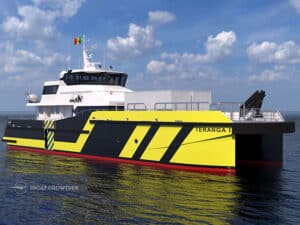
Keeping Canadian oil sands moving
Written by Marine Log Staff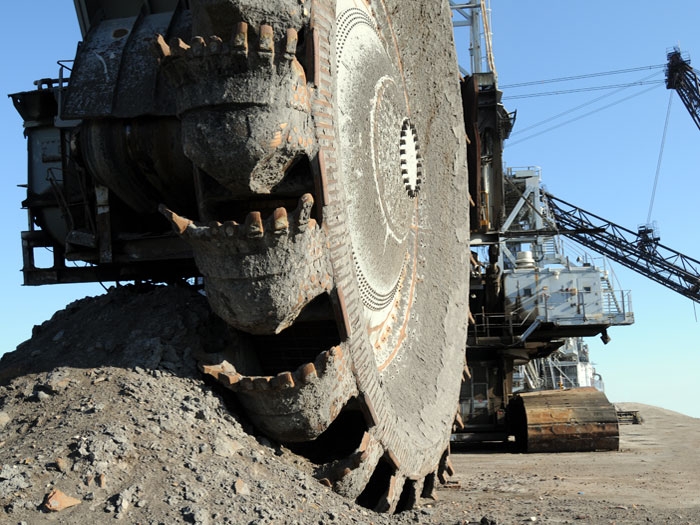
A bucketwheel reclaimer is used at oil sand mines in Alberta, Canada, which has some of the largest proven oil reserves in the world
MARCH 27, 2014—Alberta, Canada has some of the world’s largest proven reserves of oil—about 170 billion barrels. Almost all of those reserves are locked away in oil sands (more commonly referred as “tar sands”).
Oil sand consists of sand, clay and other minerals, water and bitumen—a very heavy, thick viscous oil that has the consistency of molasses at room temperature. Bitumen must be treated before it can be used by oil refineries to produce gasoline or diesel oil.
Gateway Terminals, a subsidiary of SEACOR Holdings, recently began handling Canadian bitumen at its facility in Sauget, IL, close to St. Louis on the Mississippi River.
The bitumen can then be transported from the terminal via the Canadian Northern Railway to mid-continent refineries, or via the Mississippi River to refineries along the U.S. Gulf Coast.
Gateway’s operator, SCF Marine, Inc., a SEACOR company, owns and operates a fleet of 30,000 bbl inland tank barges.
According to Marshall Bockman, Gateway Terminals Vice President, the facility recently discharged a second unit train hauling Canadian crude from Alberta.
Gateway is one of the few unit train terminals in the mid-continent with a steam boiler system to allow the handling of Canadian diluted bitumen during extreme winter weather conditions.
“We expect to make additional modifications to the facility to allow the receipt of Canadian neat bitumen,” says Bockman. The Gateway facility has four 98,000 bbl of product storage capacity, and rail infrastructure to store up to 130 rail cars.

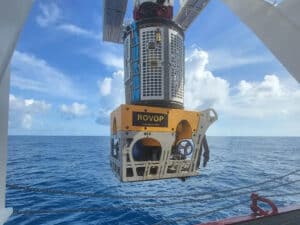
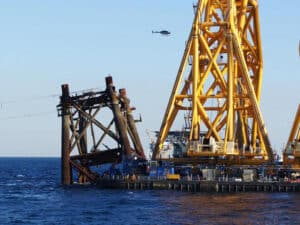
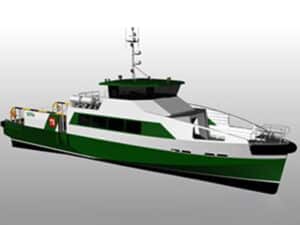
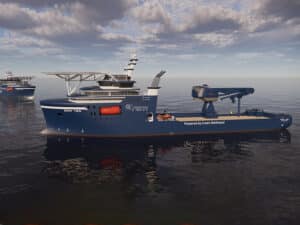
Leave a Reply
You must be logged in to post a comment.